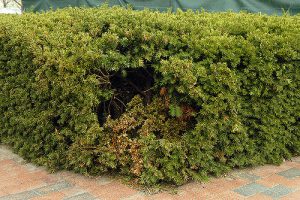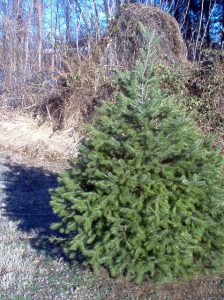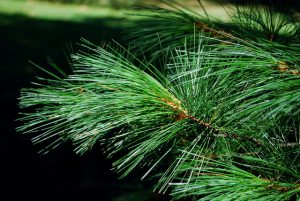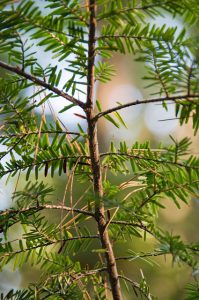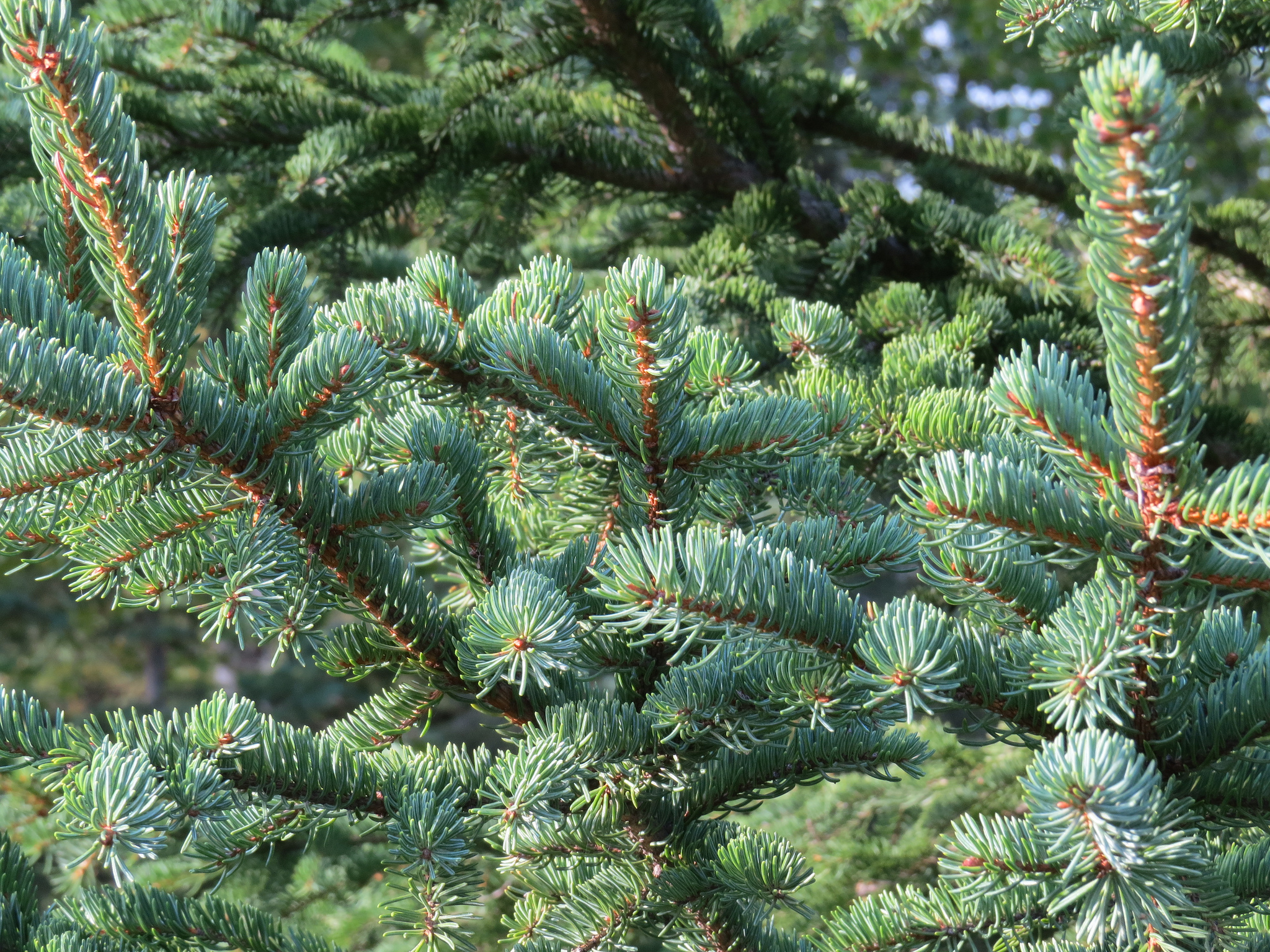
Evergreen trees are some of the hardiest trees that you can put into your yard – and they are quite beautiful. We get really attached to these trees because no matter what, they always seem to look beautiful. No matter what the weather, their attractive greenery remains.
However, most evergreen trees will go through a yearly process called seasonal needle loss. They will retain the color of their needles but throughout the fall, older needles near the trunk will turn yellow and fall off. This is completely normal. They are replaced with new needles that will go through the same process in a few years.
Seasonal needle loss is part of the regular life cycle of an evergreen tree. However, thinning needles, large patches of yellow, or yellowing in the spring or summer can be signs of a serious problem.
So why might your evergreen start dying? Here are a few reasons:
Chemicals In The Ground
- Using chemicals anywhere in your yard can be harmful
- Abrupt yellowing a sign of chemical issues
- Can be salvaged
One of the most common reasons that we see yellowing needles or dying evergreens in today’s world is due to chemicals.
According to eHow, “Avoid using lawn herbicides near your tree. An evergreen with wide-reaching roots can absorb these chemicals up to 100 feet from the application point. These substances and certain soil sterilants damage needles and buds and cause shedding. If you must use them, apply them at an appropriate distance in cooler weather when the winds are light and blowing away from your tree.”
For most of us, this means that a majority of our yards are within 100 feet of the tree’s roots. If you can use a natural method for your yardwork, that is the best approach. This will not only be healthier for your evergreen trees, but for all of the plant life, animal life, and human life around.
Check For Needlecast
- Extremely common disease
- Has obvious symptoms
- Needlecast can spread
As The Tree Care Guide points out, one of the most common diseases in evergreens and conifers is Needlecast. This is a disease that has obvious symptoms and if it isn’t handled quickly and skillfully, it can spread to any other trees on your property.
These symptoms are the most obvious: browning or chlorosis of the needles on the tree; severe needle drop where more than 25% of the needles fall; or dieback of the tree. There is no way around it: this can be pretty grim for your tree.
Most available treatments for needlecast are most effective when applied before symptoms present. Luckily, there are other ways to treat this problem. Tree care professionals can prune away the dead and infected branches. After working on an infected tree, tools must be thoroughly cleaned and infected branches burned. Once all visible signs of infection have been removed, a fungicide should be applied to the tree. The tree should be evaluated for any other stresses in it’s environment, and those should be amended as well.
How to Tell If The Tree Is Dead
- Look at different parts of the tree
- Wait it out
- Contact a professional
If you still aren’t sure whether or not your tree is dead, there are a few different tests that you can do, according to Home Guides.
The first thing is to simply examine the needles. If all of the needles on the tree are brown, it is probably dead. If there are patches of brown needles, it could just be stressed out due to disease, drought, or insects.
Next, you can look at the twigs of the tree. If you can break them easily (they are dry), then the tree is probably dead. Make sure to collect from different parts of the tree. If they all snap instead of bend, the tree doesn’t have as much hope.
Finally, you can scrape bark from a smaller branch. If you reveal any moist, green wood, then the tree is still alive. If you do not see anything green, then it is completely dry and could be dead.
If your tree fails all of the tests and it is in a safe place, you may just want to let it go until spring, when it may come back.
Check The Buds
- Make sure your tree is actually dying
- It could just look bad
- Losing some needles is safe
If you skipped over the first paragraphs of this blog, make sure to look back: losing a few needles here and there is normal. It is part of the life cycle of an evergreen tree. As long as the tree is still growing and living through whatever is happening to it, there is still a fighting chance.
You may have to do some work or take some of the stress off of it, but it is possible for the tree to regain health.
According to the University of Illinois: “Don’t give up on brown evergreens just yet. They may look fatally dramatic; however, if the branch and growing bud is still alive they have a chance to grow. First scratch a stem with your thumbnail. If the stems are green and appear pliable, they are probably still alive. If the stem is dry and brown than that portion or the entire plant may be dead. Also look at the buds at the tips of branches. Sacrifice one and see if it is still green. Green is good. As long as the buds are alive the branches may grow and eventually fill in the area thinned by needle loss.”
If you see this on your tree, it is best to reach out to a professional for help.
If you are looking for a tree care professional in Southern Ontario, give Van Till Tree Care a call today at (705) 653-3777. We will help you to better understand your trees and how to handle any green spots, pruning trouble, or soil issues that you may find – of course, we can also help you with many other issues that you might find for your trees – from the very top of the tree to the roots.

